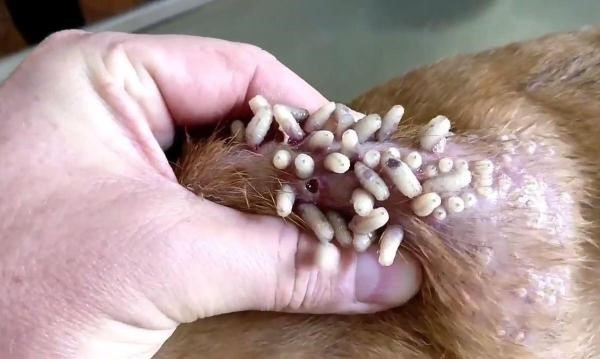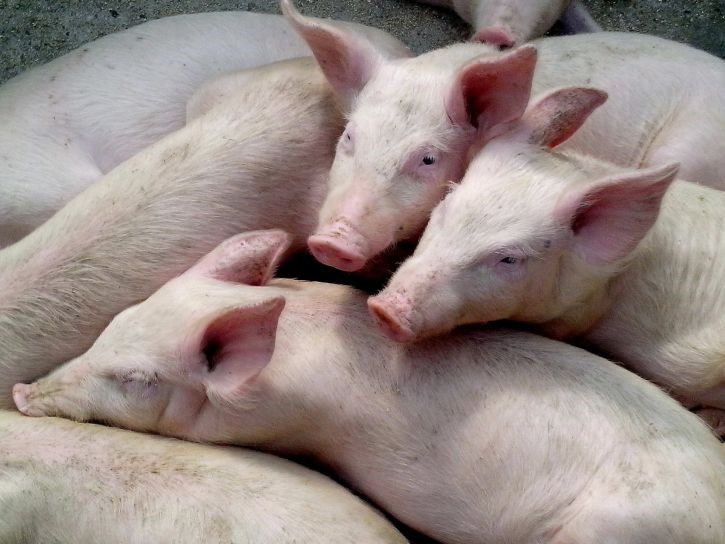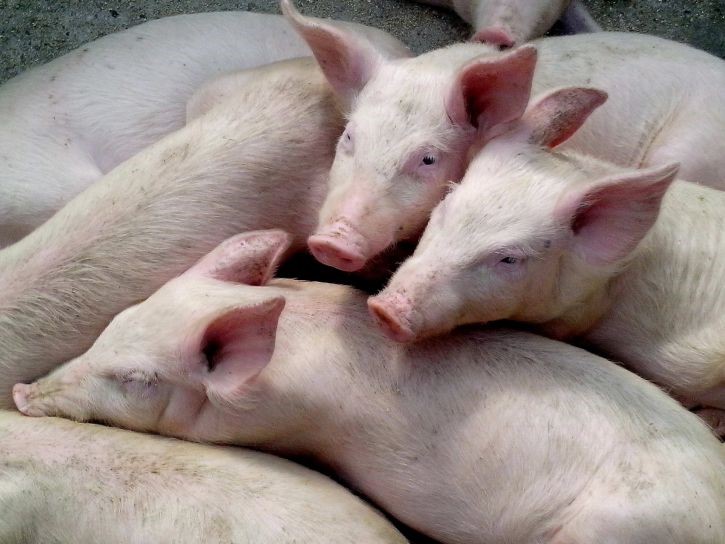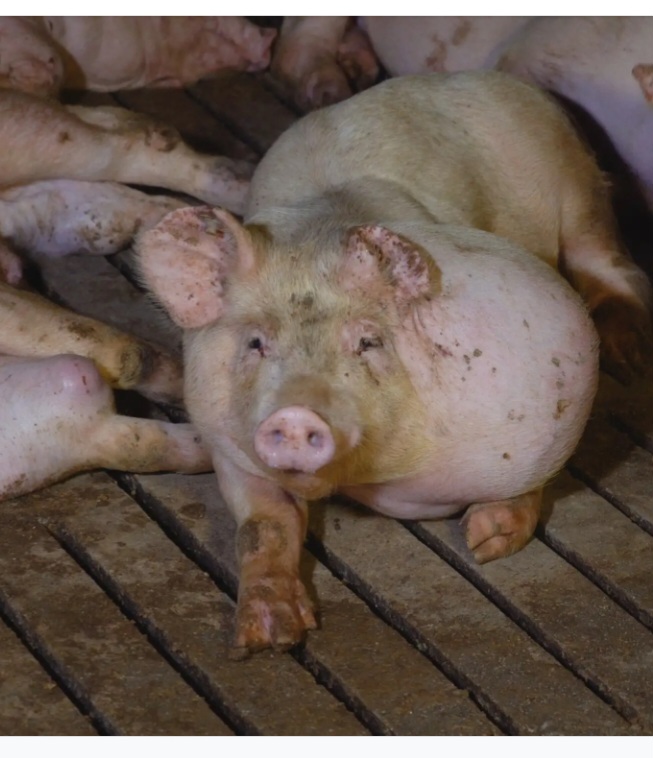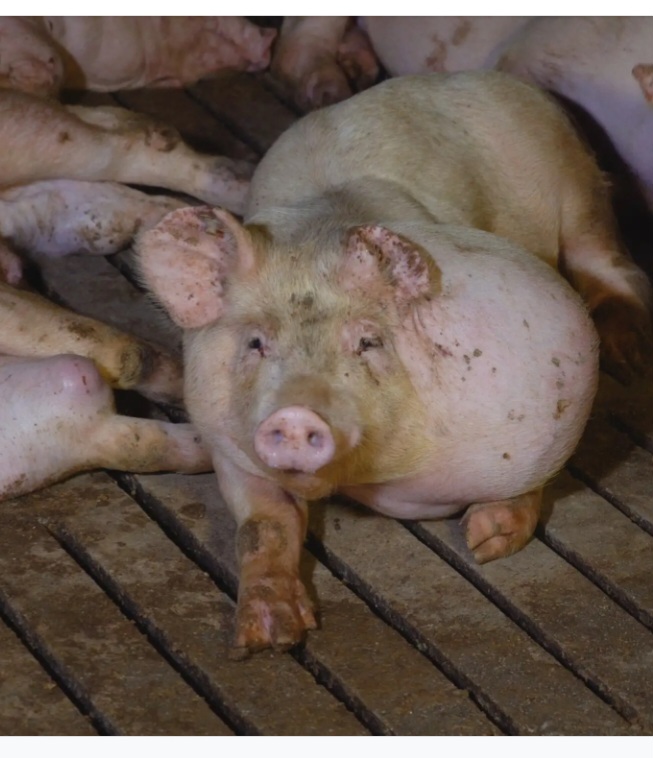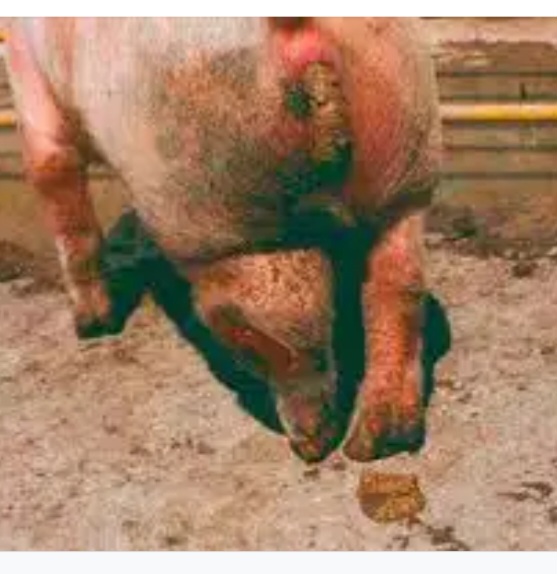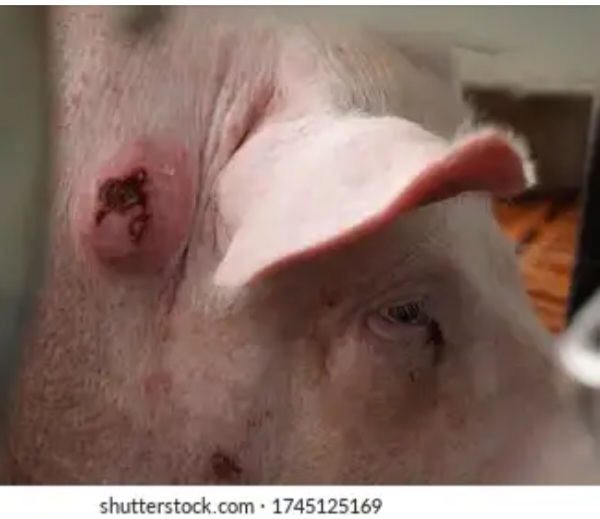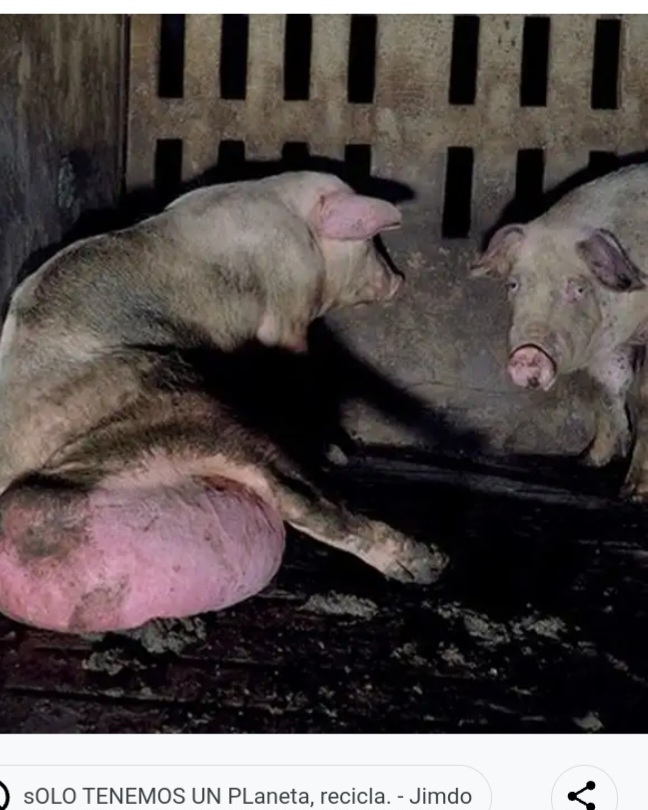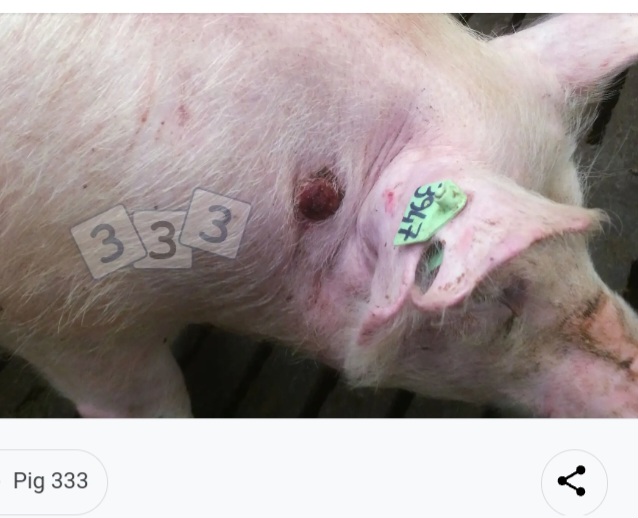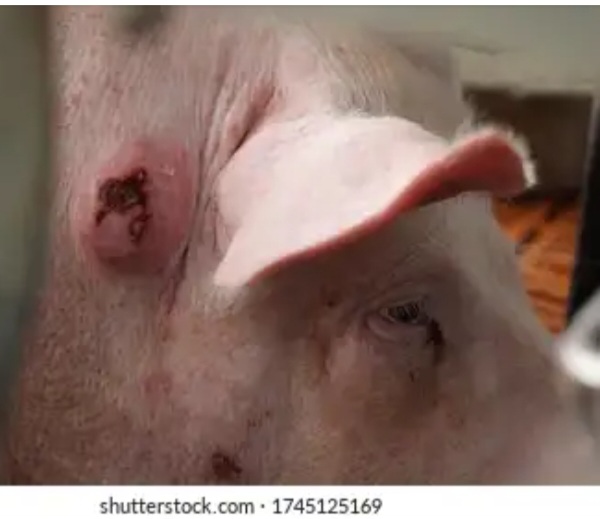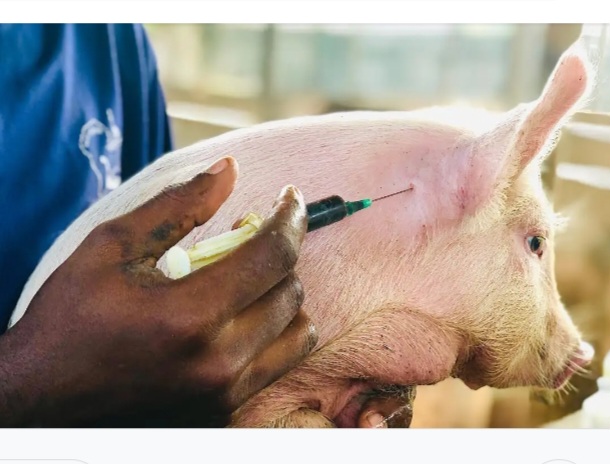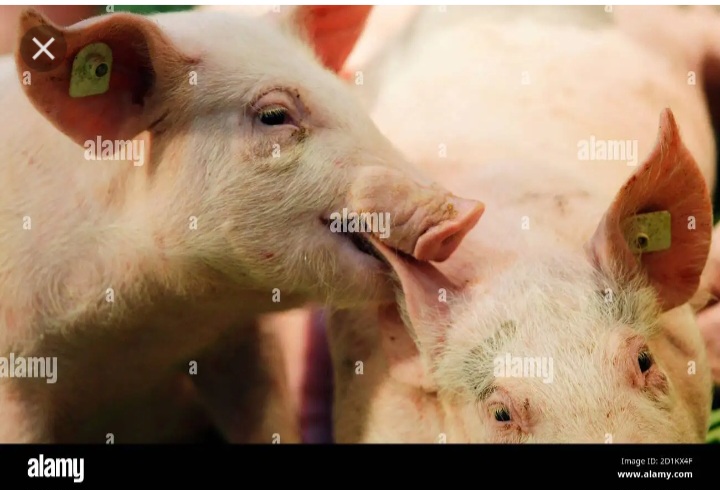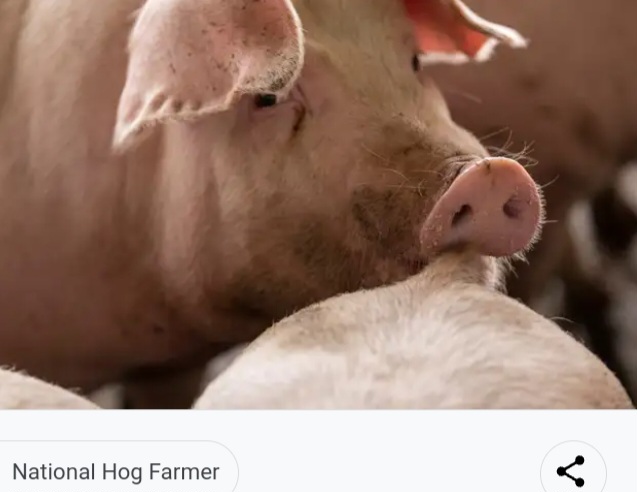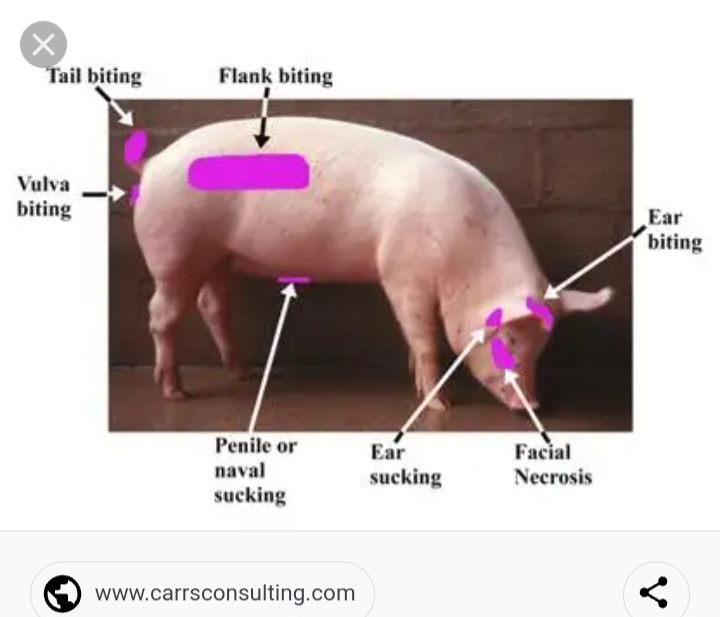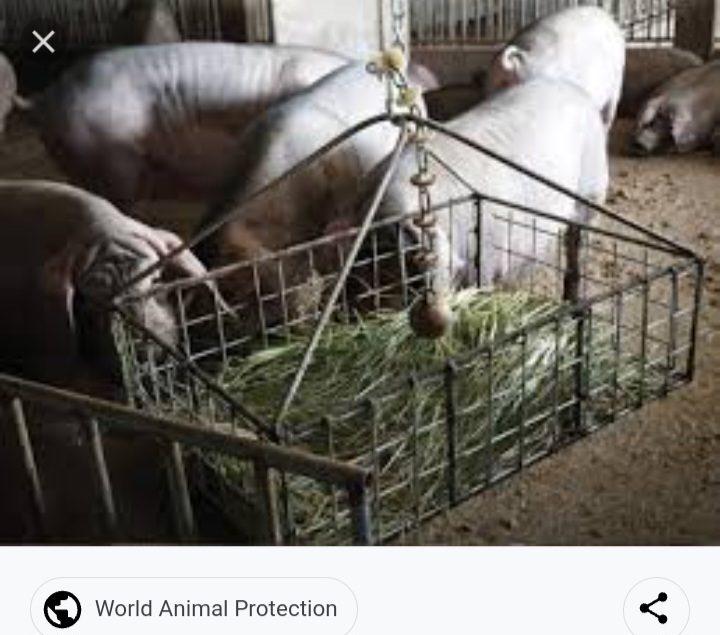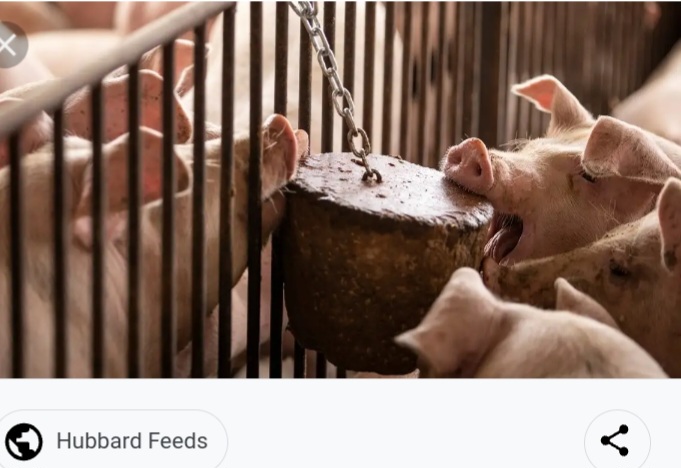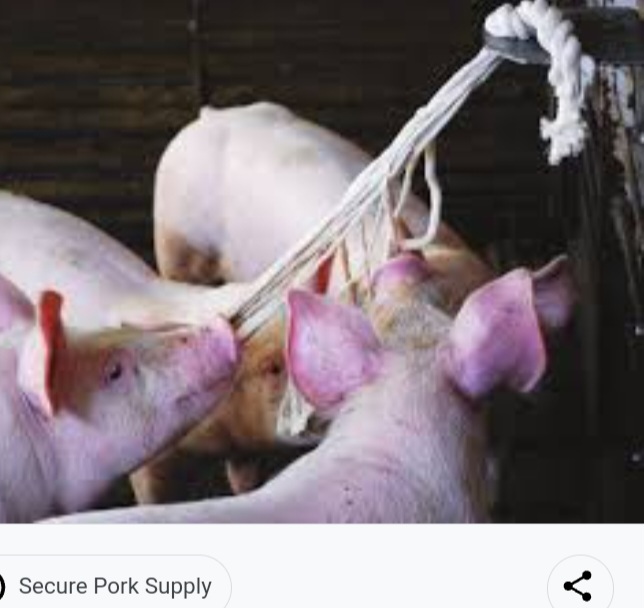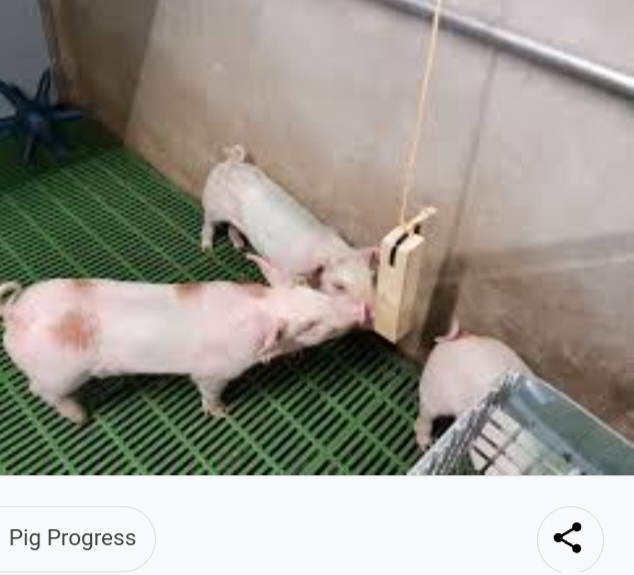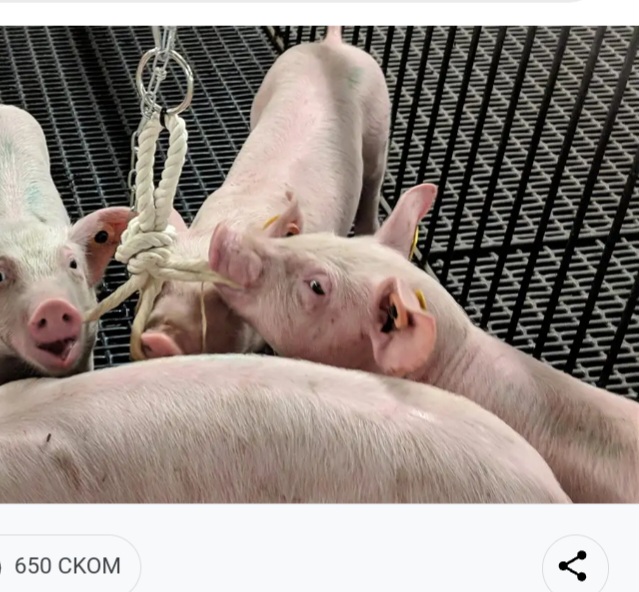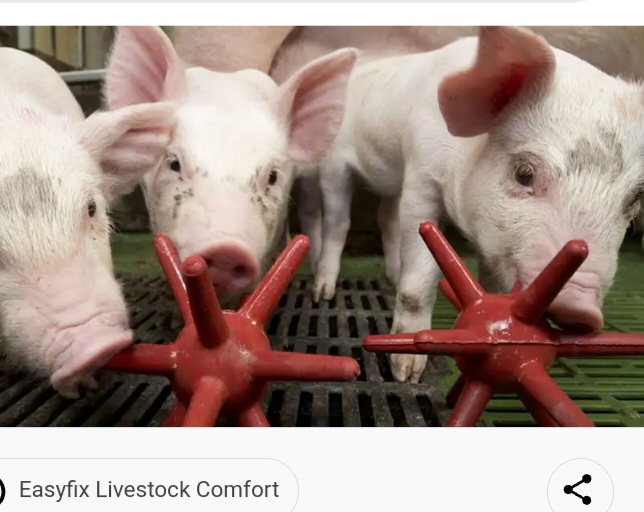Photo Credit: https://unsplash.com/photos/OMRNOvJIEXE
It’s pleasant seeing people walk their dogs in the early hours of the day or admiring how some dogs guard their master’s home with all diligence. It’s nice to come home and be greeted by your pet displaying all its antics that make you laugh and feel amused, and you can’t wait to get home again the following day knowing that your pet will be home, ready to display her/his affection towards you. Pets have become a part of our society and a part of our lives for whatever reason you choose to have one.
However, did you ever take time to know which pet is a best fit for your lifestyle? Did you actually consider the responsibilities attached to owning a pet before acquiring one? Or have you recently acquired a pet and have no idea of what to do next? What do I need to do to ensure that my pet is happy?
A pet is a domesticated animal usually kept for companionship. Some owners have other reasons for keeping pets including, security and sometimes for hunting. Pets do not only include dogs and cats even though they form the greater population. They also include birds such as parrots and peacocks, monkeys and even snakes. This article will be focusing more on dogs and cats. The first key to having a Happy Pet Life is to get the right kind of pet to suit your lifestyle and purpose.
Dogs are more social animals requiring a lot of attention as compared to cats. Some breeds of dogs are known to be very sociable whilst others tend to be more protective of their owners. For individuals with very busy lifestyles or have small apartments, you could opt for a cat if you are a cat lover or breeds of dogs such as Bullmastiff or even a Dachshund. If you don’t mind having pets full of energy, you could consider getting a terrier or a golden retriever. There are a number of local breeds (mongrel) with very active personalities.
Having knowledge of the temperament of the parents of your pet enables you have an idea of what to expect from your pet. All pets require proper care and attention. They need a sleeping place, sheltered from the rains and sun. They also need to be provided with containers for eating and drinking. These need to be washed regularly and kept clean.
Your pets would need bathing periodically to get rid of dirt and bad body odor. How often you bathe your pet depends on how frequent your pet gets dirty. However, too frequent a bath can cause skin irritations and loss of fur. Therefore, bathing twice a month is ideal for your pet especially in the tropics.
The kind of food you give your pet is also important. You may decide to provide an already formulated feed for your pet or provide homemade meals. Puppies may be fed twice to three times a day whilst adults are ideally fed once a day to prevent obesity. Avoid giving spices in homemade meals as it has adverse effects on your pet. Lastly, make an appointment with a veterinarian in your vicinity for routine checkups and required vaccinations. These will ensure that your pet is kept healthy and happy always.


